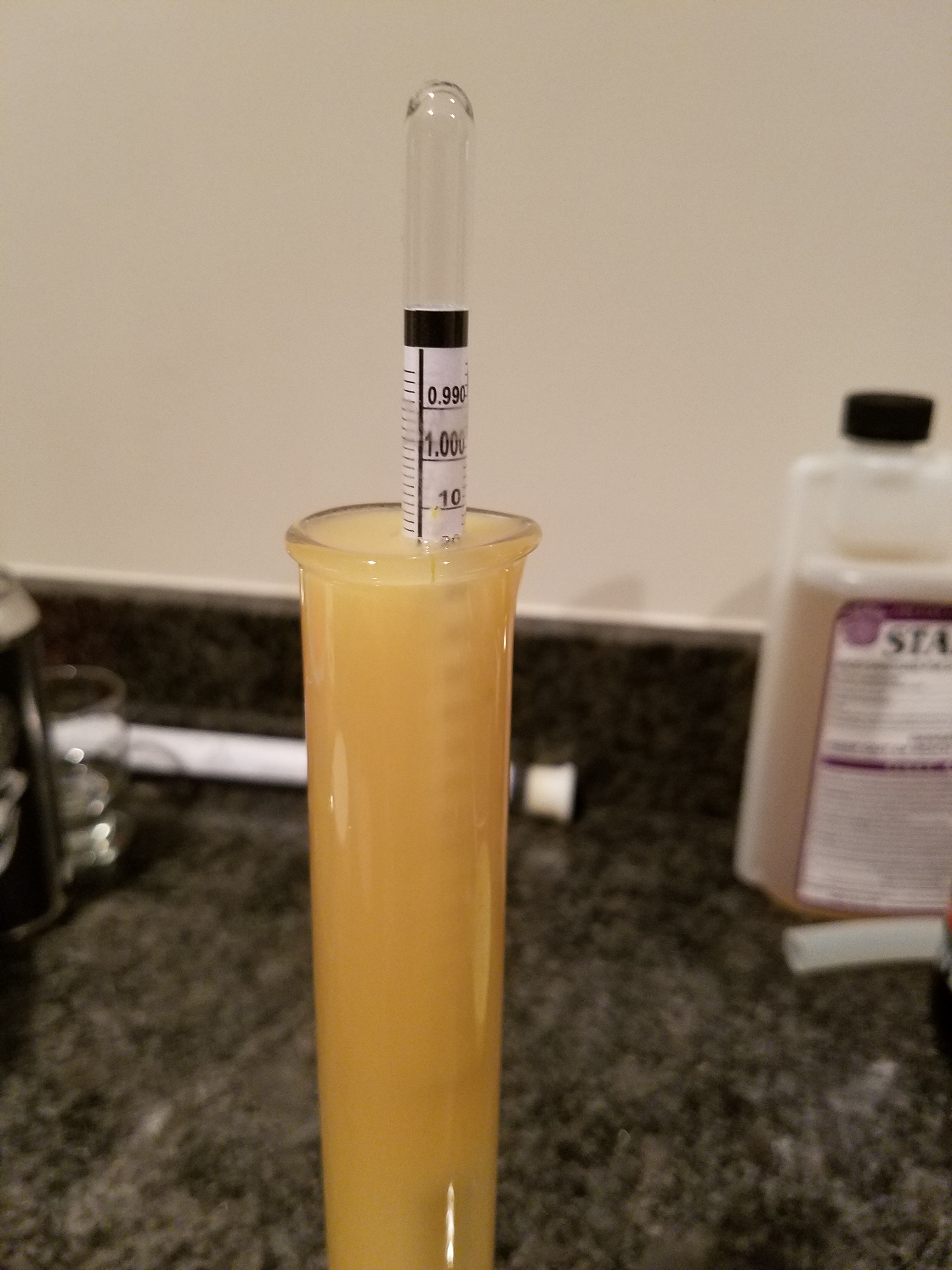stickyfinger
Well-Known Member
Unfortunately, my beer seems to have lost it's way.
It was great out of the fermenter...super juicy and flavorful. I closed transferred to a CO2 purged keg, added my dry hops with CO2 on and purged 6 times at 30PSI after closing the lid. I kept it at room temp for 5 days and then moved it to the kegerator at 36F to cool and get ready to serve.
The first couple of pints were excellent last Tuesday. Since then it's been a quick decline. It doesn't have much aroma anymore, it's not really juice but rather just cloudy, and it tastes rather thin. I shook the keg a bit and got some aroma back temporarily but I'm perplexed...what could have gone wrong?
My only conclusion is that this Imperial Juice yeast floculates too much and the yeast took all the hop aroma/flavor with them to the bottom of the keg. The fact that I get more aroma when I swirl the keg seems to support that theory.
Any other ideas?
you could try adding all of the dry hops to primary and none to the keg. try another yeast - wlp095, conan, WY1318. add no finings. use fresh hops. just some quick thoughts.






